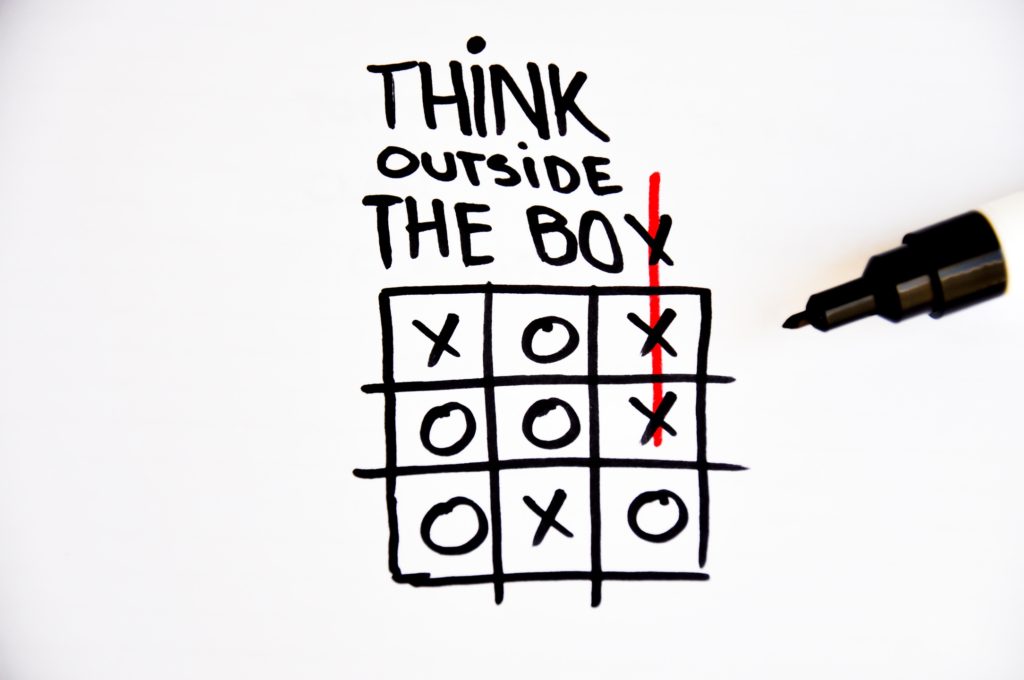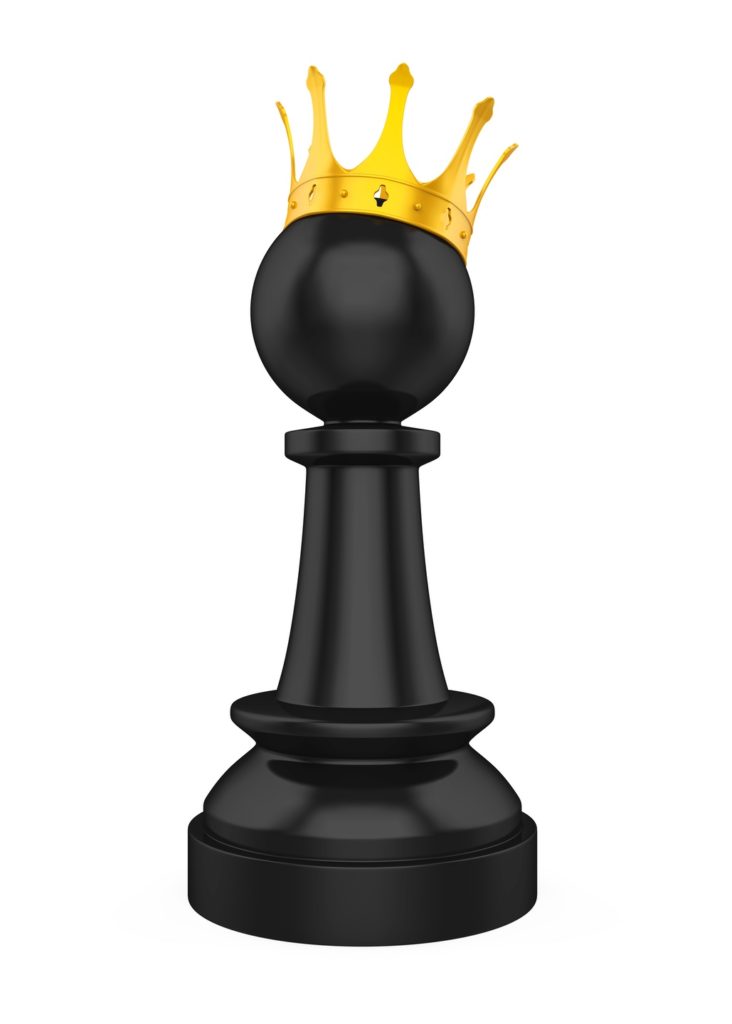There is an episode of the vintage TV show “I Love Lucy” where Lucy works wrapping candies on an assembly line. The candies keep coming closer together as the line speeds up. Lucy, and her sidekick Ethel, scramble harder to keep up, though they keep getting further behind. Then Lucy finally says, “I think we’re fighting a losing game”. Your business initiatives may have you feeling like that – working harder and harder to keep up rather than working smarter. In Lucy’s case, the increasing assembly line speed had some comedic value. It is no laughing matter, however, if your business initiatives are not seeing the results you need. Increasing costs (e.g. effort) and reduced value (e.g., customer traction, efficiency) are signs that it is time to change the game.

Automating a broken process (like Lucy’s) just accelerates the costs. Rather than fighting a losing game, recognize that it’s time to change the game to one that you can succeed at. Analyzing your broken process may not help if you are working on the wrong problem. In every sector and region, reshaping our world, are disruptive and innovative game-changers. These may be start-ups or larger corporates, or even social entrepreneurs. They are ambitious, stretching vision with enlightened purpose. Gamechangers see markets as kaleidoscopes of infinite possibilities, assembling and defining them to their advantage. They find their own space, then shape it in their own vision. Most of all game-changers have great ideas. They don’t believe in being slightly cheaper or slightly better. They out-think their competition. By thinking bigger and differently, game-changers are solving a different, better, problem to their competition.
Game-Changing : not just for sports
Lucy’s assembly line, and the sports arena, are not the only place game-changing plays are made. Through innovation, and strategic vision, we can change the game in business deals, in our career, in relationships, and more. In the non-profit world, “changing the game” can enable a path to relief for those that need it most. When we articulate the game we are playing, we can examine further with questions like, “what are the rules of this game?”, “how am I keeping score?” “Is this game serving the needs of my clients and myself?”

Consider this thought experiment – suppose a new entrant (e.g., a startup) is competing against an incumbent (e.g. a large company). If the new entrant decides to offer the product (or some part of it) for free, (e.g., as open-source software) and chooses to monetize its customer base through some other business model, this changes the rules of the game. Such action with a radically different business model changes customer perceptions. Thus changing the marginal return from existing competencies that the incumbent has. This reshuffles the market: winning no longer requires greater competencies along the status-quo dimension, some new competitive dimension becomes the measure that determines the winner. In this new game, the existing incumbent company might have no real advantage compared to the new entrant.
Be the game-changer you need to see
The business model is just a type of model, and may not accurately represent the needs and purposes of your business stakeholders and most importantly, your clients. All models are wrong, but some are useful, (according to George Box). What is the model surrounding your business challenge? The rules are you are playing by? Parameters you think you need to follow? What beliefs do you have about the Client’s situation? What would happen if you reversed or changed the old model’s beliefs? Is there a better foundation or structure or perspective would better serve your goals? your clients’ goals? What new perspective feels empowering? Whenever you feel stuck, see if you can’t find a new, more empowering perspective, and a bigger opportunity to serve your clients.

It’s easy to get distracted by the tools and processes in your current environment. This is especially true when you need to keep the current business running while finding a better way forward. But you won’t be thinking differently if you just focus on the same old tools and processes. Such a focus leads to merely incremental rather than disruptive innovation. To avoid such issues, a clearer statement of your client’s problem is needed before attempting to solve it. Our free Guide to Writing Problem Statements can help you get your client program statement right.
We can help you change the game
Whether you are a researcher, business professional, or social entrepreneur, the solutions you develop to the problems that you face matter! We’d like to hear your view of the most important challenges in writing problem statements for your clients. We have a brief survey on the most important challenges that should take less than 2 minutes to complete. The survey takes less than 2 minutes and you can get started right away by going to this link. I look forward to sharing these insights and resources with you.
A course on the use of perspective to refine problem statements is now available.
If you need help bringing the power of perspective to your client problem statement contact me.
